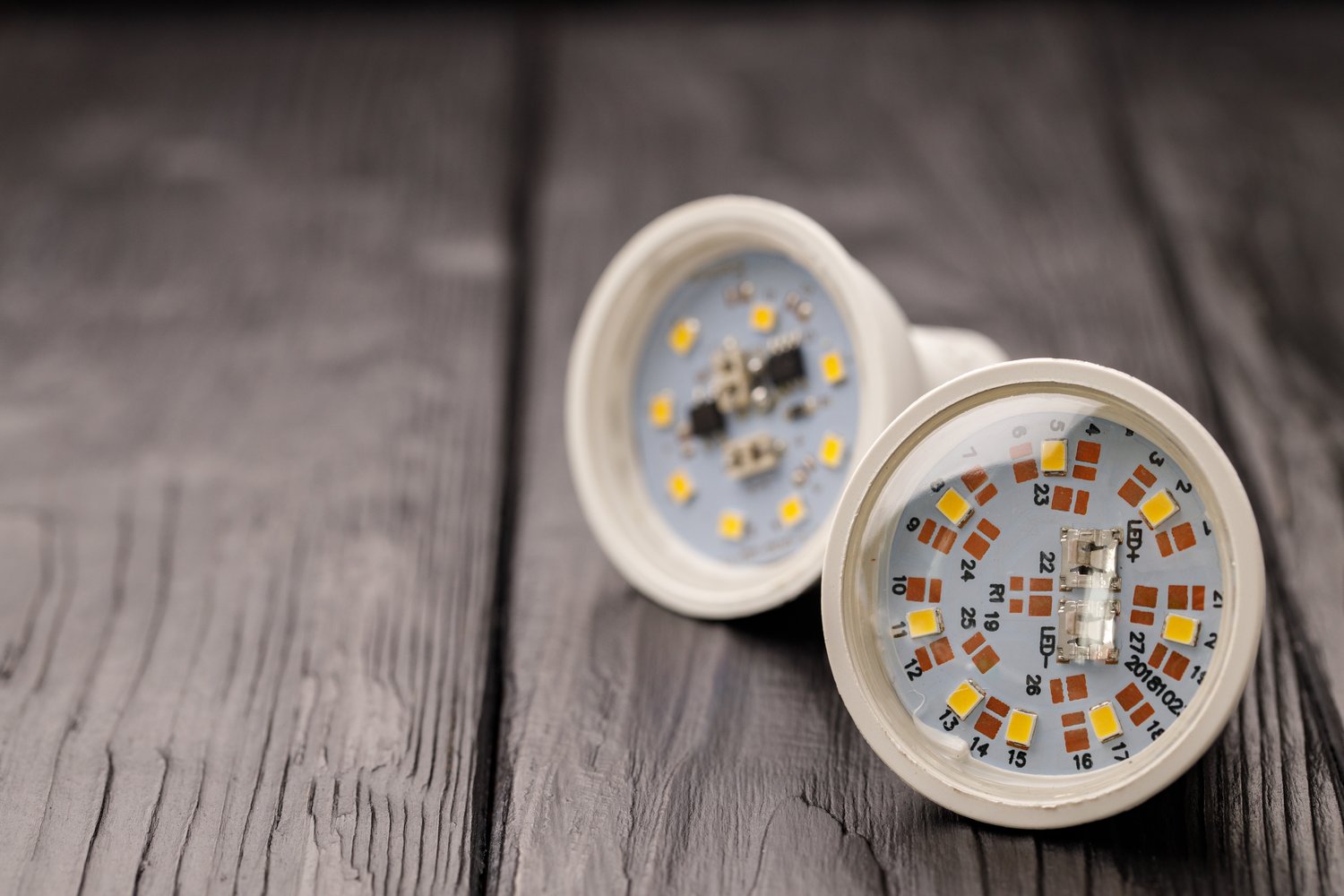Transforming your home with an LED lighting system not only enhances your living space but also offers significant energy savings. LEDs have revolutionized the way we think about lighting, providing more efficient, versatile, and durable options than ever before. But how do you choose the right system for your needs? And how can an energy savings calculator help you maximize these benefits?
- Explore how LED lighting can dramatically reduce your household energy consumption and cut down on utility bills.
- Learn how factors like brightness, color temperature, and bulb lifespan influence your decision-making process when selecting an LED system.
- Discover practical tips for installing LED lights in your home to ensure optimal performance and efficiency.
- Understand the advantages of using an energy savings calculator to accurately estimate your potential cost savings and achieve a successful lighting upgrade.
By the end of this article, you will be well-equipped with the knowledge needed to make informed decisions about LED lighting, ensuring both aesthetic appeal and energy efficiency in your home. Dive into the details of how LED technology can transform your space and your energy bills.
Understanding How to Choose the Right LED Lighting System and Utilizing an Energy Savings Calculator
LED lighting systems present a modern solution that surpasses traditional lighting in terms of energy efficiency and durability. The shift towards LED technology not only conserves electricity but also contributes to significant cost savings over time.
When selecting the appropriate LED lighting system, there are several critical features to consider. One of the foremost factors is brightness, often measured in lumens. Unlike conventional bulbs that focus on wattage, LEDs use lumens as a direct indicator of light output, helping ensure spaces are adequately lit without excessive consumption.
Color temperature is another essential characteristic, impacting both the ambience and functionality of a room. Ranging typically from warm (around 2700K) to cool (up to 5000K), color temperature affects how rooms are perceived and utilized. For instance, warmer tones suit living spaces, providing a cozy feel, whereas cooler lighting is ideal for workspaces, promoting alertness and productivity.
The lifespan of LED bulbs is a significant advantage over conventional lighting options. With an estimated life of 25,000 to 50,000 hours, LEDs drastically reduce the time and cost associated with bulb replacement, making them a sustainable choice over the long term.
Utilizing an energy savings calculator can further enhance understanding and selection of the best LED system. These tools estimate the potential energy and cost savings, offering a comprehensive view of ROI. By inputting specific details like current energy costs and lighting usage, users can make informed decisions that align with their energy efficiency goals.
Factors in Selecting the Right LED System for Your Home
Choosing an LED system requires careful consideration of various elements that influence performance and satisfaction. The size of the space is a primary factor; larger areas may necessitate higher lumen counts to ensure even illumination, whereas smaller spaces can benefit from fewer fixtures, retaining efficiency without over-illumination.
The purpose of lighting also guides product selection. Task lighting differs significantly from ambient lighting in design and output. Therefore, understanding the intended use – be it for reading, cooking, or setting a mood – is crucial to selecting the right LED system.
Smart lighting control systems have become increasingly vital in homes aiming for energy conservation and convenience. Featuring programmable settings, dimming capabilities, and remote operation, they allow precise control over lighting conditions, further enhancing efficiency.
By integrating smart technology, homeowners gain not only improved energy management but also the convenience of adaptive lighting that responds to time, activity, and personal preferences.
Ultimately, the selection of an LED system involves a comprehensive evaluation of these factors, allowing for a tailored approach that meets both functional needs and sustainability objectives.
Installation Tips for an Efficient LED Lighting System and Emphasizing Energy Savings with Calculators
Proper installation of LED lighting systems is crucial for maximizing energy efficiency and ensuring a long-lasting, sustainable setup. Here, we delve into practical tips to guide you through a successful installation process that not only highlights energy savings but also enhances the comfort and ambiance of your home.
Begin your installation by determining the layout of your lighting scheme. Consider the placement carefully, focusing on areas where natural light is limited to maximize efficiency. Use energy-saving LED bulbs with the appropriate wattage to meet the lighting needs of each room.
Keeping Compatibility in Mind: When selecting LED fixtures, ensure they are compatible with existing dimmers or control systems to avoid flickering and optimize performance. Advanced systems, such as smart lighting controls, allow for automation, which in turn supports further energy savings.
For DIY installations, always adhere to safety regulations. Turn off electricity at the circuit breaker before handling any electrical components. If you are unfamiliar with electrical installations, consider hiring a licensed electrician to avoid errors and ensure compliance with local codes.
After setting up, using an energy savings calculator can be invaluable. This tool assists in forecasting potential reductions in your electricity bills. By inputting details like the number of LED bulbs, wattage, and estimated hours of operation, you can estimate the cost savings and evaluate your return on investment over time.
Incorporating these tips will not only improve the energy efficiency of your LED lighting system but also result in significant financial savings. By thoroughly planning your installation and using energy savings calculators, you’re setting the stage for a forward-thinking approach to lighting that benefits both your home and your wallet.
Frequently Asked Questions on LED Lighting Systems
What are the main benefits of LED lighting over traditional lighting?
- Energy Efficiency: LEDs use significantly less energy.
- Lifespan: Longer bulb life reduces replacement costs.
- Environmental Impact: Lower energy usage means fewer emissions.
How do I determine the right brightness for a room?
Consider the room’s function. Living areas may require brighter light, while bedrooms benefit from softer tones. Look for lumens instead of watts to gauge brightness.
Why is color temperature important in LED selection?
Color temperature affects ambiance. Warmer tones create a cozy atmosphere, while cooler tones are ideal for task lighting.
What should I know about using an energy savings calculator?
Enter current lighting costs and LED specifics to estimate savings. This helps in calculating return on investment and energy reduction benefits.
Are smart lighting control systems worth the investment?
Smart systems offer greater flexibility and can further enhance energy savings by automating lighting based on usage patterns.
What common mistakes should I avoid during LED installation?
- Avoid using incompatible dimmers.
- Ensure correct fitting size to avoid poor performance.
- Follow manufacturer installation instructions to maintain warranty.





